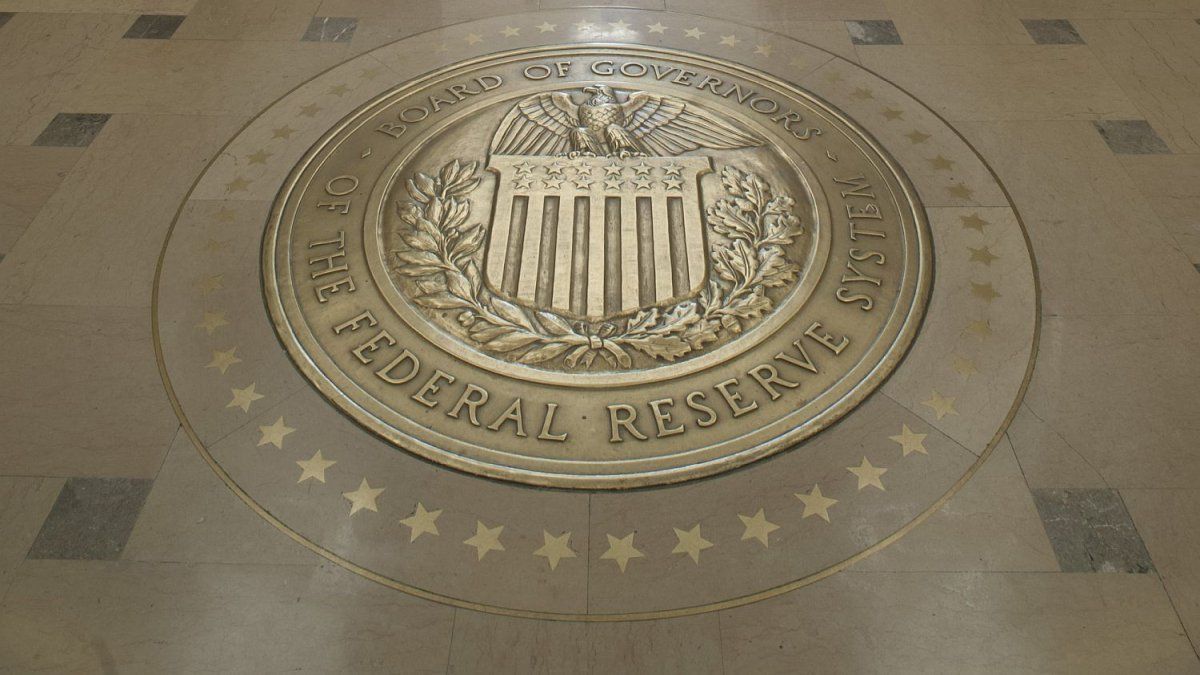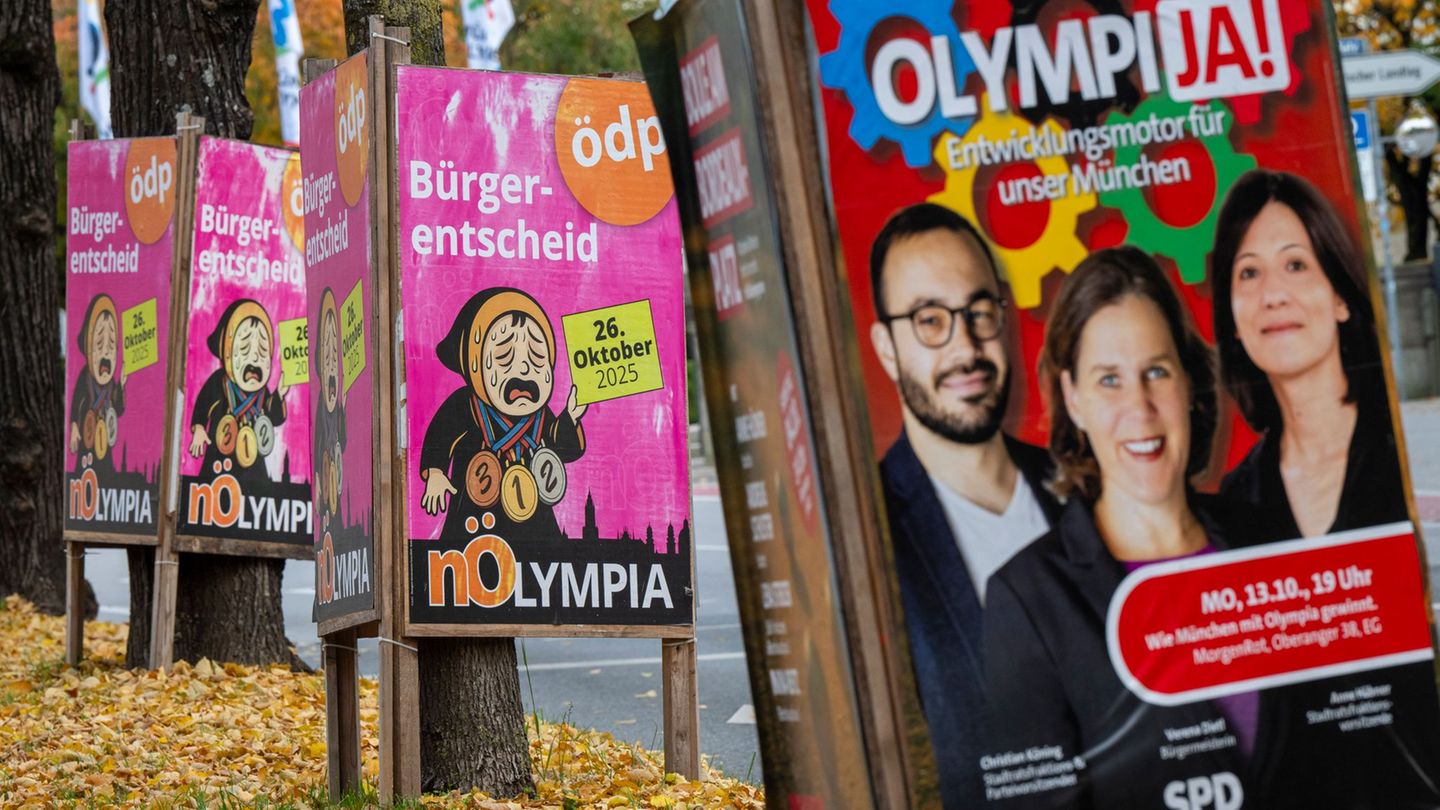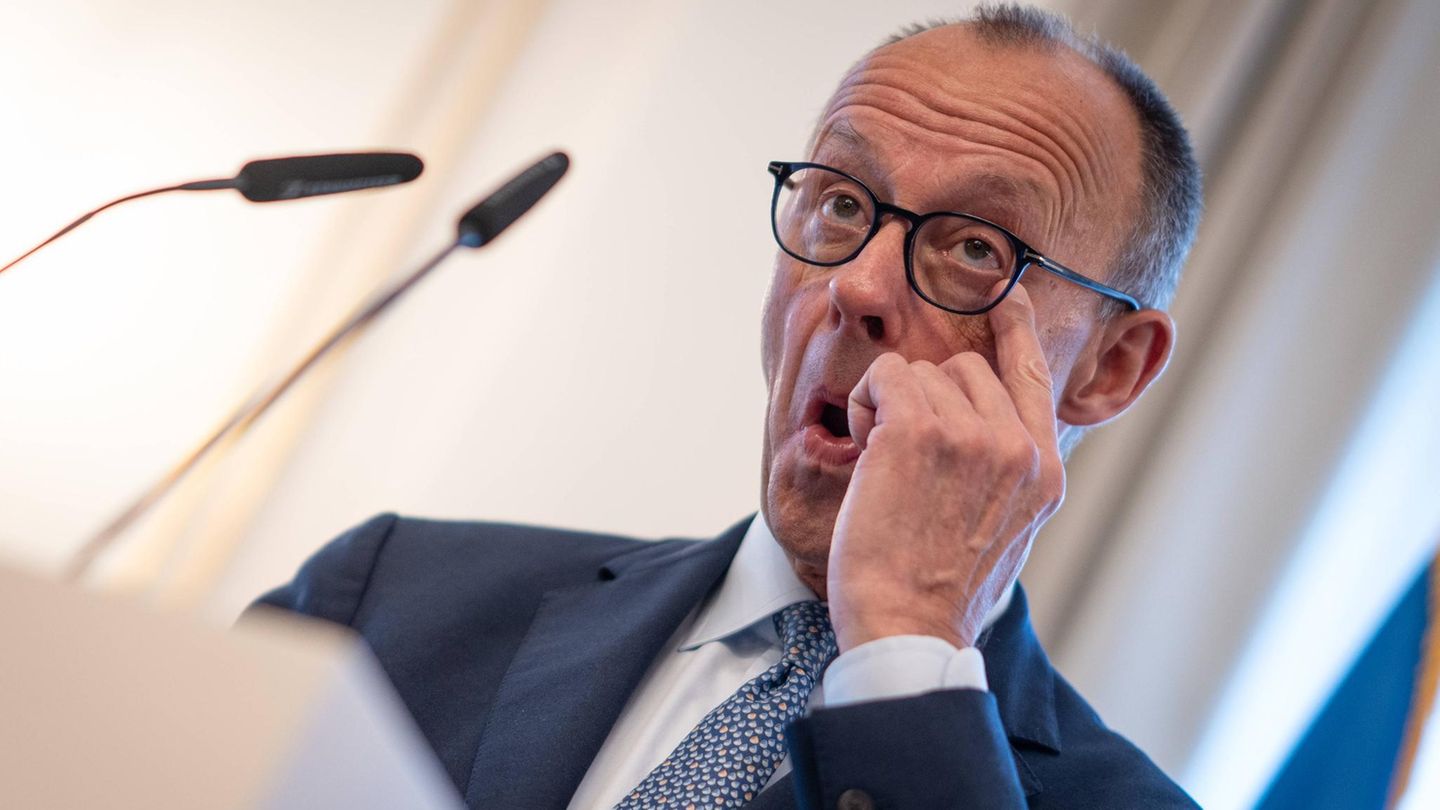We know when – it will be at the next meeting on September 18 – but not how much. It will depend on the performance of the indicators (and the risks that this represents for inflation and full employment). Slowness should not be confused with prudence.
The Fed stopped raising rates in July 2023. And in December it had already announced that it planned to lower them from 2024. But it did not specify when. Not because it wanted to play hide and seek. It simply did not know. An unexpected resurgence of inflation, from January to March, forced it to be patient and wait. Its subsequent moderation restored its confidence. On the margin, the slowdown in job creation and the increase in unemployment advise its intervention. And Jay Powell took advantage of the annual meeting in Jackson Hole last Friday to reveal the mystery. The time has come to start pruning rateshe said. He thus clarified when – it will be at the next meeting on September 18 – but did not say how much. What is important, he said, is the pivot, the clear direction that the journey will take: from higher rates for longer to their reduction. The amount of the dismantling, and its cadence, are not written in stone. The FED is data dependent. It will depend on the behavior of the indicators (and the risks they represent for inflation and full employment).
The content you want to access is exclusive for subscribers.
Will there be an initial cut of a quarter point? Or half? The Fed has a lot to cut. Inflation over the past twelve months, according to the personal consumption expenditure deflator, rose 2.5%. It was 7.1% in mid-2022. And the inflation rate fed funds stands at 5.5%. Seen in this way, monetary policy is very restrictive. Determining the neutral rate is complicated, as A points out.ustan goolsbee from the Chicago Fed. Official projections for March and June estimate inflation to be between 2.5% and 3%. Powell expressed great confidence that inflation is on a sustained path back to the 2% target. If so, the central bank can cut the rate by two points, or two and a half points, until the soft landing is complete. The Fed will be gradual. Which should not be confused with slowness but with prudence. Its approach is not trial and error because it would hate nothing more than to make a mistake and have to raise rates in a hurry.


“Starting with a quarter point makes a lot of sense to me,” he said. Patrick Harkerfrom the Philadelphia Fed. And a 64% probability of occurrence, according to Chicago futures (75%, before hearing Powell). The important thing is to start the process, not the size of the first step.
It must be understood that the FED is not running after events. Unlike in 2022 when it had to rush rate hikes to deal with runaway inflation. A quarter point is the canonical measure of its programmed movements. Starting with half a point could suggest an urgency that is not such. However, Powell did not close any doors. The FED must walk and chew gum, land inflation at the 2% target and maintain a healthy labor market. And the big boss was blunt: “We do not seek nor will we welcome a further slowdown in working conditions.” If the August jobs report, due on Friday, crosses that line in the sand, the midpoint idea will gain traction.
Wall Street responds favorably. The labor market is the key
Rate cuts, as experience shows, are a process. It is rarely an isolated cut but a bunch. Once the first cut is resolved, the others flow more easily. Nothing would hit the Fed worse than having to backtrack. That is why the initial kick-off is so important. Hence, the bias to start with a small dose. Chicago futures incorporate the forecast of successive cuts in the next three meetings. One of them, presumably by half a point. Thus, by December the rate would have been mutilated by a full point. Isn’t that too much to expect? That seems to be the case. The answer also lies in the labour market. In its June projections, the Fed estimated that the inflation target would be reached only at the end of 2026. It is in no hurry. But, at the same time, it believed that unemployment would end the year at a rate of 4% to reach a ceiling of 4.2% next year. And in the last couple of months it shot up to 4.3%. This is the critical variable, the one that was not on the radar. Powell understands what has already been explained here: that unemployment is rising not because of a fall in employment but because the supply of labour is growing. In other words, he did not buy the verdict of the Sahm rule, but he did not sell it short either. He was very clear: he will not accept that labour conditions will cool further. If the inertia continues, as is to be expected, rate cuts will be a bunch.
Wall Street finally has what it has been waiting for. It is the best of all worlds. The Fed is ahead of the curve. It chose the moment with pleasure, and without pressure. It is not running behind the curve with a recession blowing down its neck. It does not care what politics has to say. And the response of the Stock Market was favorable, but measured. It did not even rush to set new highs. The S&P 500 is in no hurry. Nor does it have any doubts. The episode of Black Monday served to remove them in advance. It would not cost anything to stretch 0.6% and nail the testimony of a brand new record. There will be time for that. It prefers to wait for the labor market to tell it this Friday if it has more delicate news to reveal.
Source: Ambito




